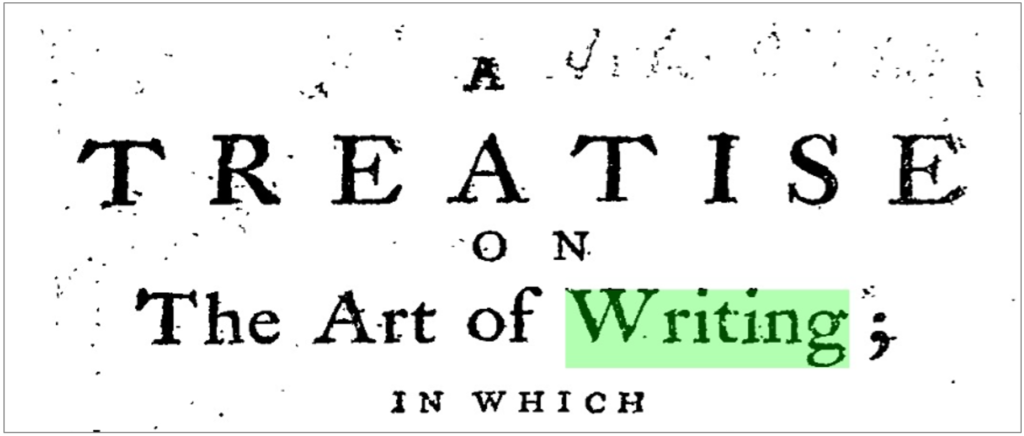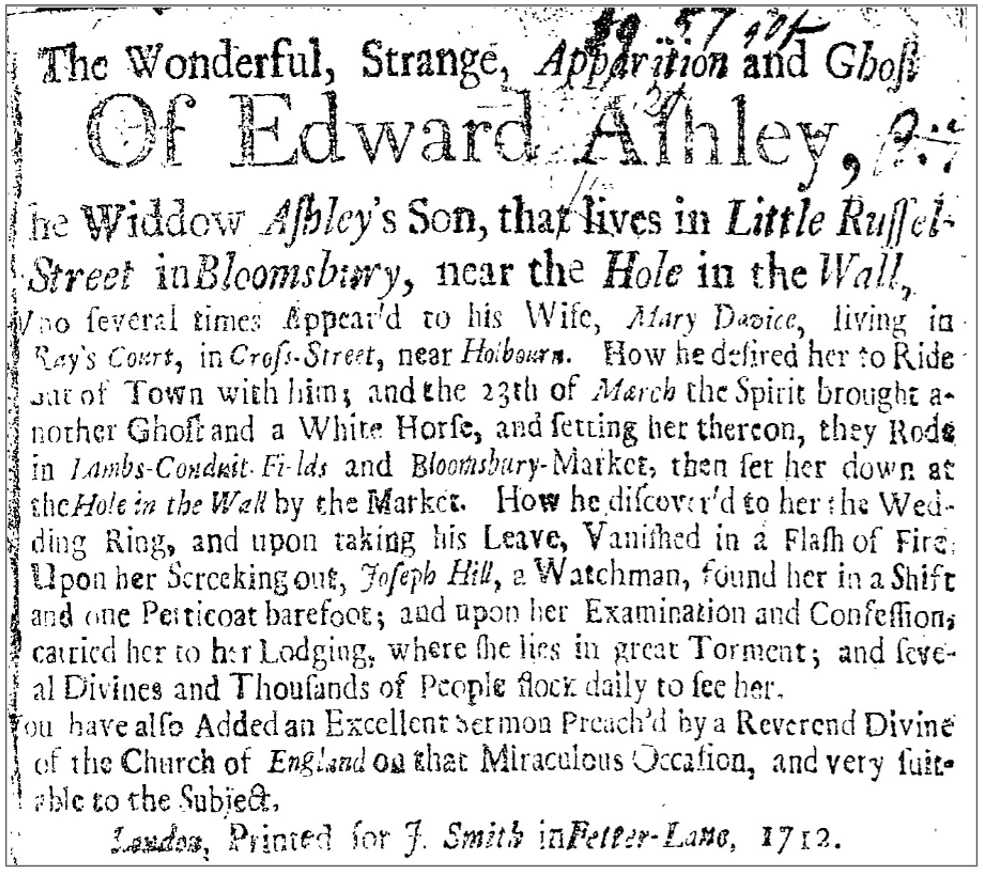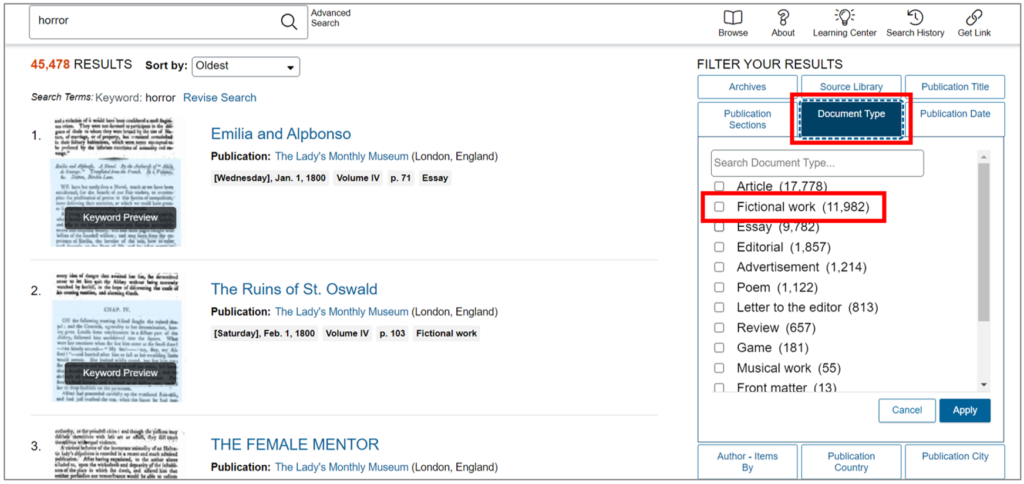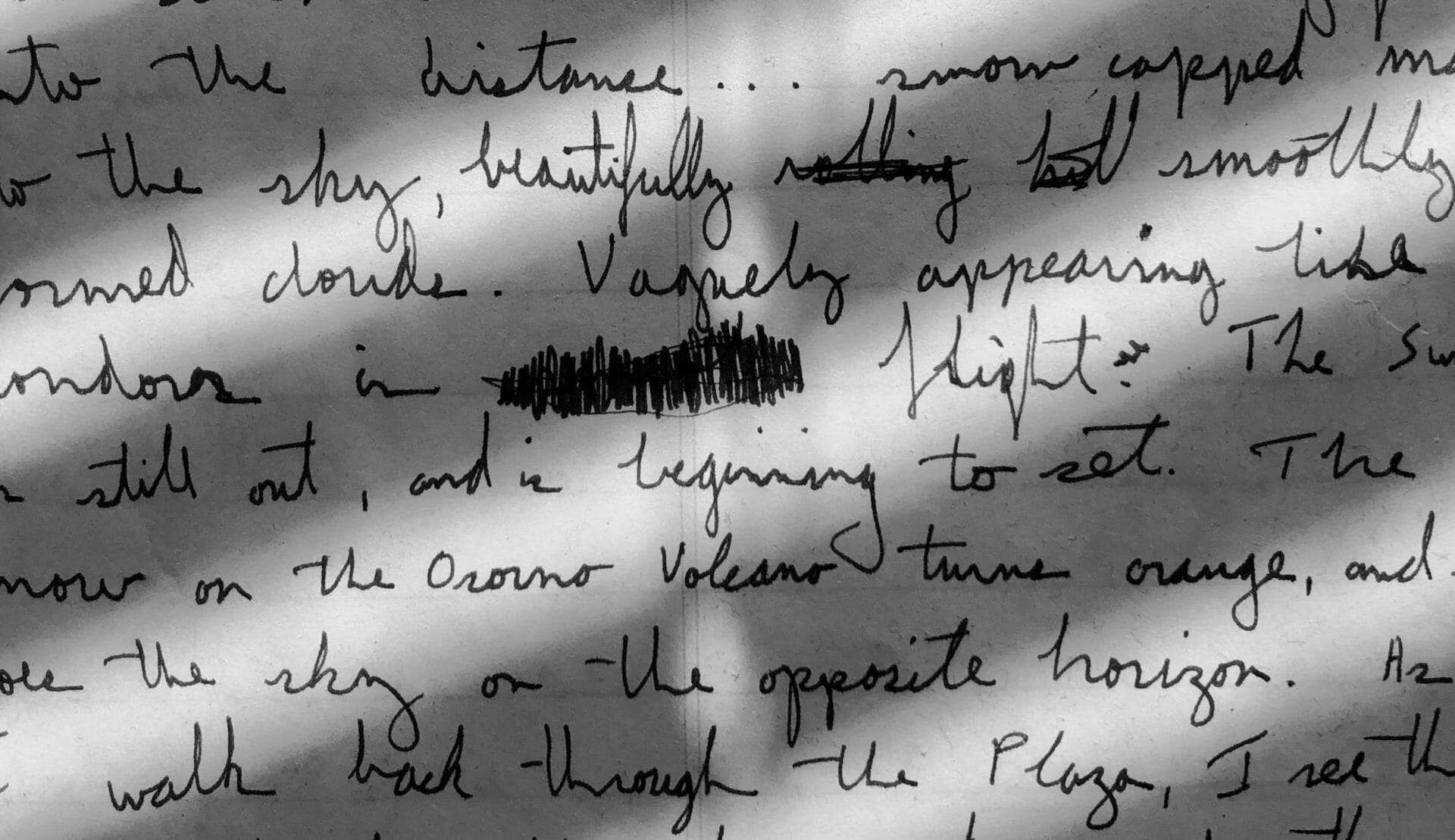│By Holly Kybett Smith, Gale Ambassador at the University of Portsmouth│
If you’re currently studying Creative Writing at an undergraduate or Master’s level, you may find yourself wondering what resources are available – and relevant – to you. Every university library has its selection of critical texts on writing, and the internet puts dozens of author interviews and advice columns at your fingertips, so you may pass over primary source archives at first glance. My initial impression of these resources was that they were the domain of more ‘serious’ academics in the humanities; that I somehow wasn’t supposed to use them, even though I found them interesting. It was worth, however, revising my opinion and taking another, better look. In this article, I aim to share the ways in which a Creative Writing student might use Gale Primary Sources to their benefit. I am focusing on the Horror genre, as this is my area of interest, though much of this advice is applicable to students writing in other genres.

Serle, Ambrose. A treatise on the art of writing; in which rules are laid down for writing all the hands, now in use, with Propriety and Elegance…Printed for George Keith, in Gracechurch-Street, MDCCLXVI. [1766]. Eighteenth Century Collections Online, https://link.gale.com/apps/doc/CW0114100568/GDCS?u=uniportsmouth&sid=bookmark-GDCS&xid=6bd0f96f&pg=1
Writing From Life
One of the first pieces of advice I remember being given in my Creative Writing undergraduate class is this: writers do not work within a vacuum. By this, my lecturers meant, it was important to read. Very important. “Read widely; read extensively; read whatever you can lay your hands on” – no doubt, if you’ve been in a Creative Writing class for any amount of time, you will be familiar with the maxim.
But why read Gale Primary Sources?
Firstly, for inspiration. Agatha Christie famously took inspiration from the murder of Dennis O’Neill for her debut stage play, The Mousetrap, which opened in London’s West End in 1952 and ran continuously for almost 70 years, halting only for the COVID-19 pandemic. Contemporary newspaper reports on this tragic true story can be found in Gale’s British Library Newspapers archive. (Please be advised that the reports on O’Neill contain disturbing details of child neglect and abuse.) The archive boasts an extensive collection of stories from local and regional newspapers in the UK, dating from the eighteenth to the twentieth century. A writer working within any genre may generate a number of ideas from perusing this assortment.

The wonderful, strange, apparition and ghost of Edward Ashley, the Widdow Ashley’s son …Printed for J. Smith in Fetter-Lane, 1712. Eighteenth Century Collections Online, https://link.gale.com/apps/doc/CW0118428591/GDCS?u=uniportsmouth&sid=bookmark-GDCS&xid=9da1c9ea&pg=2
Additionally, for the burgeoning Horror writer, there is another gift to be found here. This is due to a frequent tendency within the Horror genre to use epistolary methods of storytelling. From found-footage films like the Blair Witch Project to classic Gothic novels like Dracula and its various re-imaginings (one notable example being The Historian by Elizabeth Kostova), there is a strong tradition of telling dark and eerie tales through diaries, letters, and newspaper clippings. Bram Stoker narrated the arrival of the sinister Count in the seaside town of Whitby through a faux newspaper report, to immense effect. With the British Library Newspapers archive at their fingertips, a Creative Writing student hoping to emulate this type of storytelling can gain valuable insight into how newspaper reports – at any given time period, in any given town or city – might look and read.
For further analysis of epistolary methods of storytelling and the ‘found document’ framing device – a powerful trope within the Gothic and Horror genres – check out this piece by my fellow Gale Ambassador, India Marriott.
A Picture is Worth a Thousand Words
A common exercise you may be given in the early weeks of your Creative Writing classes is to write from a photograph. With Gale Primary Sources, you can find yourself a whole variety of images which you can use to do these exercises yourself, in your own time. One of these exercises could be the spark that ignites your next creative piece. But even if it isn’t – no practise is wasted.

A dialogue between Death and a beautiful lady. N.p., [1776]. Eighteenth Century Collections Online, https://link.gale.com/apps/doc/CW0113137843/GDCS?u=uniportsmouth&sid=bookmark-GDCS&xid=bacb4d6b&pg=1
Fictional Pieces Printed in Newspapers
In the Nineteenth Century UK Periodicals collection, you will also find access to a large number of fictional pieces printed in newspapers between 1800-1900. Among them, hundreds of horror stories – many of which you may struggle to find in print today. All you have to do to access these is filter your results by document type, and select “Fictional work”. To return to the advice of your lecturers: here lies an opportunity to read, read, read.

What else does Gale have to offer?
If you’ve perused Gale’s newspaper collections to your satisfaction, you may be wondering where to turn next. For sources you might find useful in Creative Writing essay work, I recommend looking into Gale Literature. This resource brings together Gale’s literary databases for more streamlined browsing, allowing you to find exactly what you need. From author biographies to an extensive book review index, it’s all here. Contact your university library to see whether they can grant you access.
The Archives Unbound collections are another fabulous resource, where you can find documents relating to more specific topics, such as African American Studies and Gender Studies. These can all help you to deepen your understanding of the world – especially parts of the world you may not have personal experience with – in order to write a diverse range of characters with more nuance and sensitivity.
Remember, it’s up to you how you want your journey as a Creative Writing student to look. One of the biggest luxuries afforded by a degree in this subject is the opportunity it grants you to experiment: with genre, with research, with form. If you’ve never written within the Horror genre before, this year might be the year to try. And if you’ve yet to use Gale Primary Sources in your work, why not take a look today?
If you enjoyed reading about this topic and would like to explore writing and the Horror genre in greater depth, check out these blog posts:
- From Grimm to Gothic and Everything In Between: The Evolution of the Horror Genre
- What is a monster? The evolution of monstrosity in literature from the nineteenth century to the present day
- Being Creative in an Academic World
- Horror and Censorship: Alfred Hitchcock’s ‘Art of the Cinema’
- The Murder of Empress Myeongseong of Korea
- A Genteel Murderess’ – Christiana Edmunds and the Chocolate Box Poisoning
- ‘The compartment was much bespattered with blood’: the Brighton Railway Murder
- Are We Obsessed with Serial Killers?
Blog post cover image citation: Header image by Micah Boswell on Unsplash

